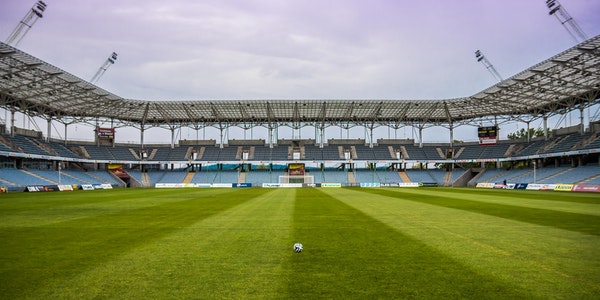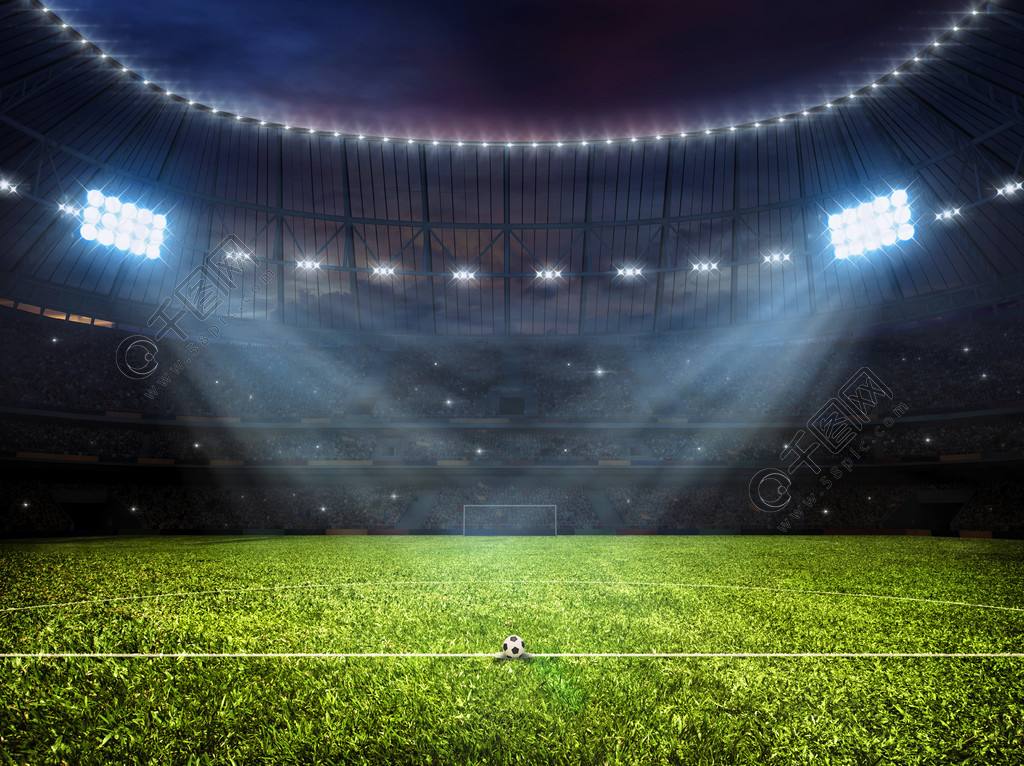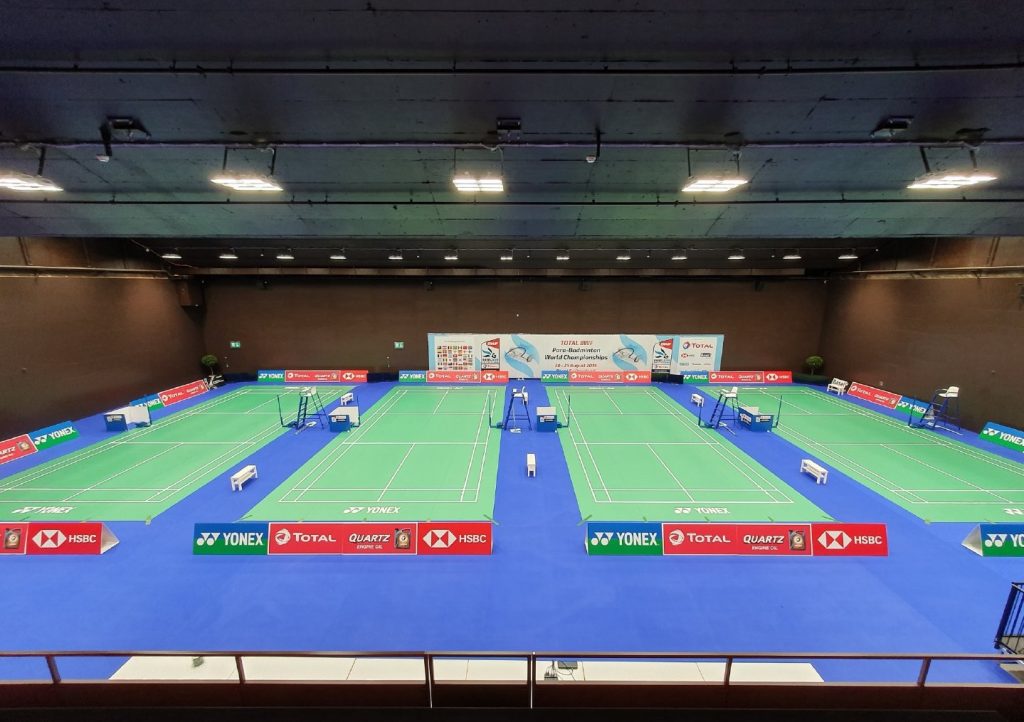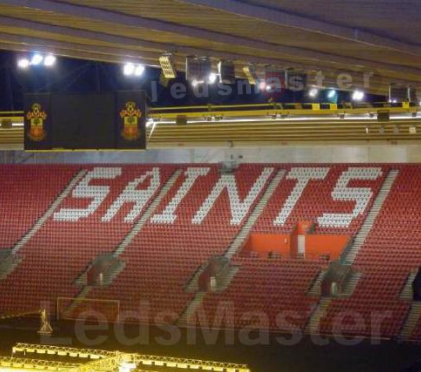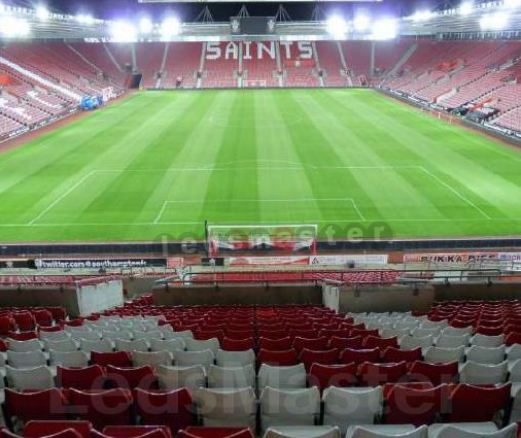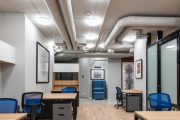(7) Enhanced Performance and Well-being: By tailoring lighting environments to meet specific needs and preferences, customizable lighting solutions can enhance performance, safety, and overall well-being for athletes and staff. Optimal lighting conditions improve visibility, reduce glare, and promote circadian rhythms, resulting in better training outcomes and athlete satisfaction.
Overall, customizable lighting solutions offer training facilities a versatile and adaptable approach to lighting design and management, empowering them to create environments that optimize performance, comfort, and efficiency for athletes and staff alike.
2. Enhanced performance and safety for athletes
Enhanced performance and safety for athletes are paramount considerations in training facilities, and customizable lighting solutions play a crucial role in achieving these objectives. Here’s how customizable lighting contributes to improved performance and safety:
- Optimized Visibility: Customizable lighting solutions allow facilities to adjust lighting levels, color temperature, and distribution to optimize visibility across different training areas. Adequate illumination enhances athletes’ ability to perceive their surroundings, equipment, and teammates, facilitating precise movements and reducing the risk of accidents or collisions.
- Reduced Glare and Eyestrain: By controlling the intensity and direction of light, customizable lighting solutions minimize glare and eyestrain, creating comfortable and visually-appealing environments for athletes. Reduced glare improves visual clarity and focus, enhancing athletes’ performance during training sessions and competitions.
- Enhanced Contrast and Depth Perception: Properly calibrated lighting can improve contrast and depth perception, enabling athletes to better judge distances, trajectories, and spatial relationships. Enhanced visual perception enhances athletic performance in activities such as ball sports, martial arts, and obstacle courses, where accurate depth perception is critical.
- Dynamic Lighting for Performance Enhancement: Customizable lighting solutions can create dynamic lighting scenes that adapt to different training phases, activities, or environmental conditions. For example, brighter lighting may be desirable for high-intensity workouts, while softer lighting may promote relaxation and recovery. Dynamic lighting scenarios can enhance athletes’ mood, motivation, and performance outcomes.
- Support for Circadian Rhythms: Customizable lighting solutions can simulate natural daylight patterns to support athletes’ circadian rhythms and optimize sleep-wake cycles. Properly synchronized lighting helps regulate melatonin production, promoting restful sleep and faster recovery between training sessions. By aligning lighting with biological rhythms, facilities can enhance athletes’ overall well-being and performance.
- Emergency Lighting and Safety Features: Customizable lighting solutions can include emergency lighting features, such as automatic dimming or backup power systems, to ensure continued illumination during power outages or emergencies. These safety features help prevent accidents and facilitate orderly evacuations, enhancing athletes’ safety and peace of mind.
- Adaptive Lighting Controls: Some customizable lighting solutions incorporate sensors and automation capabilities to adjust lighting in real-time based on occupancy, activity levels, or environmental conditions. Adaptive lighting controls optimize energy efficiency while ensuring consistent and appropriate lighting levels for athletes’ needs, further enhancing performance and safety.
In summary, customizable lighting solutions enhance performance and safety for athletes by providing optimal visibility, reducing glare and eyestrain, improving contrast and depth perception, supporting circadian rhythms, and incorporating emergency lighting features. By harnessing the benefits of customizable lighting, training facilities can create environments that empower athletes to excel while prioritizing their well-being and safety.
3. Energy efficiency and cost savings
Energy efficiency and cost savings are key benefits of implementing LED lighting solutions in training facilities, offering significant advantages over conventional lighting systems. Here’s how LED lighting contributes to energy efficiency and cost savings:
- Lower Energy Consumption: LED lighting fixtures consume significantly less energy than traditional lighting sources such as incandescent bulbs and fluorescent tubes. LEDs convert a higher percentage of electricity into light, rather than heat, resulting in lower energy bills and reduced electricity usage for training facilities.
- Longer Lifespan: LED lighting fixtures have a much longer lifespan compared to conventional bulbs, lasting up to 25 times longer. This longevity reduces the frequency of bulb replacements and associated maintenance costs, saving both time and money for facility managers.
- Reduced Maintenance Costs: With fewer bulb replacements required, LED lighting systems offer lower maintenance costs over their lifespan. Facility managers can allocate resources more efficiently and minimize disruptions to training schedules, resulting in additional cost savings and improved operational efficiency.
- Improved Durability: LED lighting fixtures are more durable and resistant to damage compared to traditional bulbs, which are fragile and prone to breakage. LED lights are constructed with solid-state components and are less susceptible to vibration, shock, and temperature fluctuations, ensuring reliable performance and longevity in demanding training environments.
- Instant Start-Up: LED lights reach full brightness instantly upon switching on, eliminating the need for warm-up time associated with some traditional lighting systems, such as fluorescent tubes. This instantaneous start-up reduces energy waste and ensures immediate illumination when needed, improving efficiency and convenience for athletes and staff.
- Customizable Lighting Controls: LED lighting systems often include advanced controls and dimming capabilities, allowing facilities to adjust lighting levels based on occupancy, time of day, or specific activities. By optimizing lighting usage and reducing unnecessary energy consumption, customizable controls maximize energy efficiency and further enhance cost savings.
- Return on Investment (ROI): While the upfront cost of LED lighting fixtures may be higher than traditional bulbs, the long-term cost savings and energy efficiency benefits result in a favorable return on investment. The reduced energy bills, lower maintenance costs, and extended lifespan of LED lighting systems justify the initial investment and provide significant long-term financial advantages for training facilities.
Overall, LED lighting solutions offer training facilities a sustainable and cost-effective approach to lighting design, delivering superior energy efficiency, durability, and customizable features that result in substantial savings over time. By transitioning to LED technology, training facilities can optimize their operational budgets, minimize environmental impact, and create modern, efficient environments for athletes and staff.
B. Features of LED lighting systems tailored for athletic training
1. Adjustable color temperature and intensity
Adjustable color temperature and intensity are key features of LED lighting systems that offer training facilities unparalleled flexibility in creating optimal lighting environments for athletes. Here’s how these adjustable settings contribute to enhancing training experiences:
- Customizable Ambiance: LED lighting systems allow facilities to adjust the color temperature of light emitted, ranging from warm to cool hues. Warm light (lower color temperature) creates a cozy, inviting ambiance suitable for relaxation and recovery areas within the facility. In contrast, cool light (higher color temperature) promotes alertness and focus, making it ideal for training zones and activity areas where athletes require heightened concentration.
- Adaptability to Time of Day: By adjusting color temperature, training facilities can mimic the natural progression of daylight throughout the day. Cooler light in the morning and midday helps athletes wake up, feel energized, and perform optimally during intense training sessions. As the day progresses, transitioning to warmer light in the evening signals relaxation and prepares athletes for restorative sleep, supporting their overall circadian rhythms and well-being.
- Enhanced Visual Comfort: The ability to adjust light intensity allows facilities to create comfortable lighting environments tailored to specific tasks and preferences. During high-intensity training sessions, brighter lighting enhances visibility and promotes safety by ensuring athletes can see clearly and react quickly to their surroundings. In contrast, dimmer lighting may be preferable during relaxation or mindfulness activities to reduce glare and create a more soothing atmosphere.
- Optimized Performance: Adjustable color temperature and intensity enable facilities to fine-tune lighting conditions to meet the unique needs of athletes and training activities. For example, sports that require precise visual acuity, such as basketball or gymnastics, may benefit from higher intensity lighting with neutral to cool color temperatures to enhance contrast and visibility. In contrast, activities focused on flexibility and relaxation, such as yoga or meditation, may benefit from softer, warmer lighting to promote relaxation and mindfulness.
- Personalized Settings: Athletes and coaches may have individual preferences for lighting conditions based on factors such as visual comfort, mood, and performance goals. Adjustable color temperature and intensity allow users to personalize their lighting settings, empowering them to create environments that support their unique needs and preferences.
Overall, the ability to adjust color temperature and intensity in LED lighting systems offers training facilities unparalleled flexibility in creating customized lighting environments that optimize performance, comfort, and well-being for athletes and staff. By harnessing these adjustable settings, facilities can enhance the training experience, improve safety, and support the overall success of their athletes.
2. Flicker-free operation for optimal visual comfort
Flicker-free operation is a crucial feature of LED lighting systems that ensures optimal visual comfort for athletes and staff in training facilities. Here’s how flicker-free operation contributes to enhancing the training experience:
- Reduction of Eyestrain and Fatigue: Flickering lights can cause eyestrain and discomfort, leading to fatigue and reduced focus during training sessions. LED lighting systems with flicker-free operation provide stable and consistent illumination, minimizing visual disturbances and allowing athletes to maintain peak performance for longer durations.
- Enhanced Visual Clarity: Flicker-free lighting improves visual clarity and perception, enabling athletes to accurately assess their surroundings and react swiftly to changing conditions. Clear and consistent lighting enhances safety by reducing the risk of accidents or injuries during training activities.
- Prevention of Headaches and Migraines: For individuals sensitive to flickering lights, exposure to flicker can trigger headaches or migraines, compromising their ability to train effectively. Flicker-free LED lighting eliminates this risk, providing a comfortable and headache-free environment conducive to optimal performance and well-being.
- Support for High-Speed Camera Recording: Flicker-free lighting is essential for facilities equipped with high-speed cameras used for motion analysis and performance evaluation. LED lighting systems that operate without flicker ensure accurate and reliable video recordings, enabling coaches and athletes to analyze movements with precision and make data-driven adjustments to training techniques.
- Consistency in Light Output: Flicker-free LED lighting maintains consistent light output over time, ensuring reliable performance and visual comfort throughout the lifespan of the fixtures. Consistent lighting levels are particularly important in training facilities where uniform illumination is essential for maintaining safety and maximizing training effectiveness.
- Compliance with Health and Safety Standards: Flicker-free operation aligns with health and safety standards established by regulatory bodies and organizations governing athletic facilities. By ensuring compliance with these standards, training facilities demonstrate their commitment to providing a safe and comfortable environment for athletes, staff, and visitors.
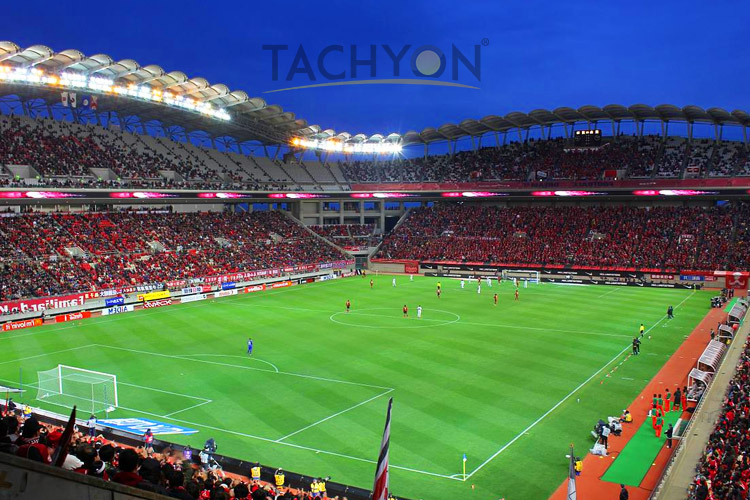
Overall, flicker-free operation in LED lighting systems is essential for optimizing visual comfort, safety, and performance in training facilities. By eliminating visual disturbances associated with flickering lights, facilities can create an environment that supports athletes’ focus, enhances training outcomes, and fosters overall well-being.
3. Integration with smart controls for dynamic lighting scenarios
Integration with smart controls for dynamic lighting scenarios is a cutting-edge feature of LED lighting systems that revolutionizes the training environment in athletic facilities. Here’s how this integration enhances the training experience:
- Adaptability to Training Activities: LED lighting systems integrated with smart controls can adjust lighting levels, color temperature, and ambiance based on specific training activities or events. For example, during strength training sessions, the lighting can be bright and cool to enhance focus and visibility, while during yoga or meditation classes, it can be dimmed and warmed to create a relaxing atmosphere.
(To Be Continued)

